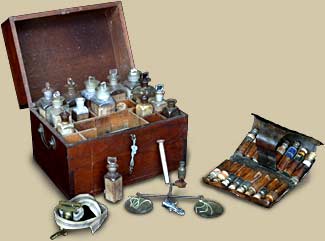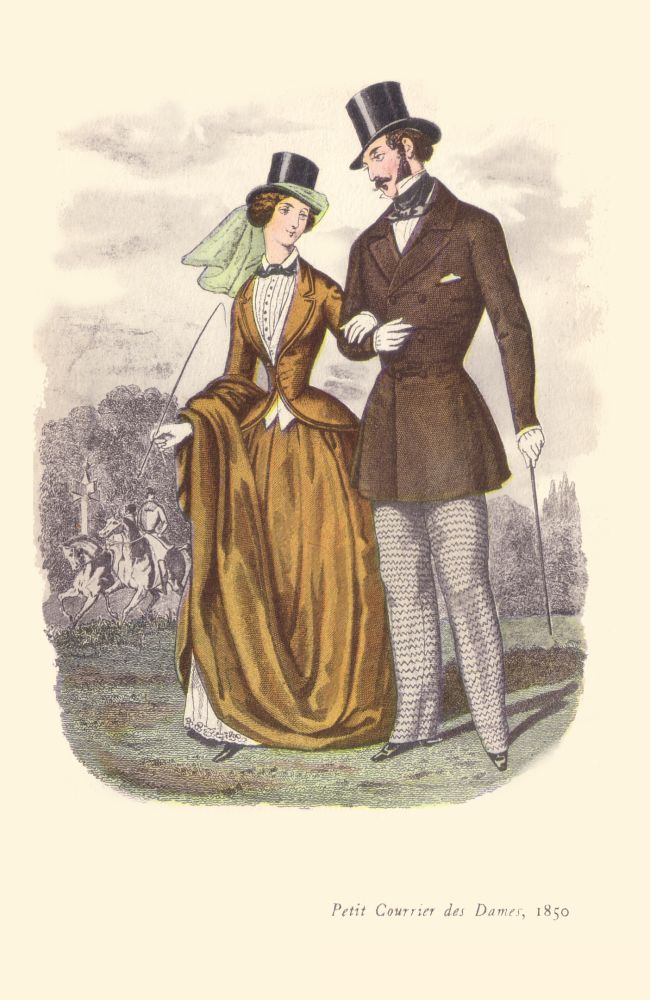
Hello ladies and gentlemen, boys and girls, students and teachers. This is a website created to outline the lifestyles of today and back in 1850's. It is also to give you a brief detail of how did they cope without the materials that we have now.
My research began when Year 8.4, 8.5 and 8.6 (of Vermont Secondary College) went to Narmbool Lodge and Tea Tree Camp for a 3 day camp. There we gathered hints and clues on how the Early pioneers and aborigines lived without any luxury, and for that,even we could not live in luxury for one night (It was very difficult, let me tell you that!). On the last night however, was a relief because we spent the day at Sovereign Hill to shop, look and most importantly, research.
As you might of already guessed, I was researching the differences of our lives today to the early European settlers lives then. Going to Sovereign Hill was a big help to this assignment because it helped me understand what it was like in Ballarat in the 1850's, a place where gold was the talk of the town, where outlaws raided fine restaurants with out a doubt and where men were domain.
As a result of this project, we can safely say that our lives are being improved everyday and if it continues, who knows what it can bring tomorrow.
From Jasmine Frichitthavong, 8.5.
My research began when Year 8.4, 8.5 and 8.6 (of Vermont Secondary College) went to Narmbool Lodge and Tea Tree Camp for a 3 day camp. There we gathered hints and clues on how the Early pioneers and aborigines lived without any luxury, and for that,even we could not live in luxury for one night (It was very difficult, let me tell you that!). On the last night however, was a relief because we spent the day at Sovereign Hill to shop, look and most importantly, research.
As you might of already guessed, I was researching the differences of our lives today to the early European settlers lives then. Going to Sovereign Hill was a big help to this assignment because it helped me understand what it was like in Ballarat in the 1850's, a place where gold was the talk of the town, where outlaws raided fine restaurants with out a doubt and where men were domain.
As a result of this project, we can safely say that our lives are being improved everyday and if it continues, who knows what it can bring tomorrow.
From Jasmine Frichitthavong, 8.5.



